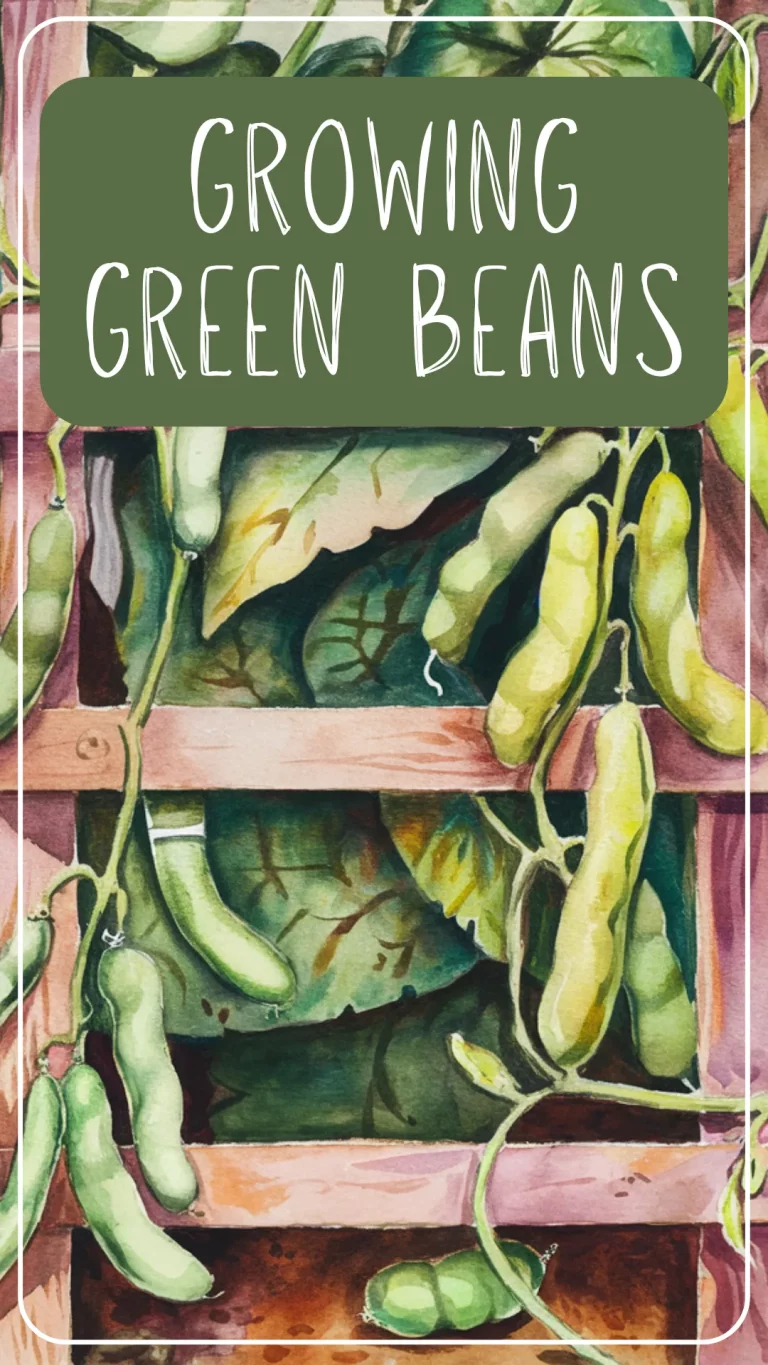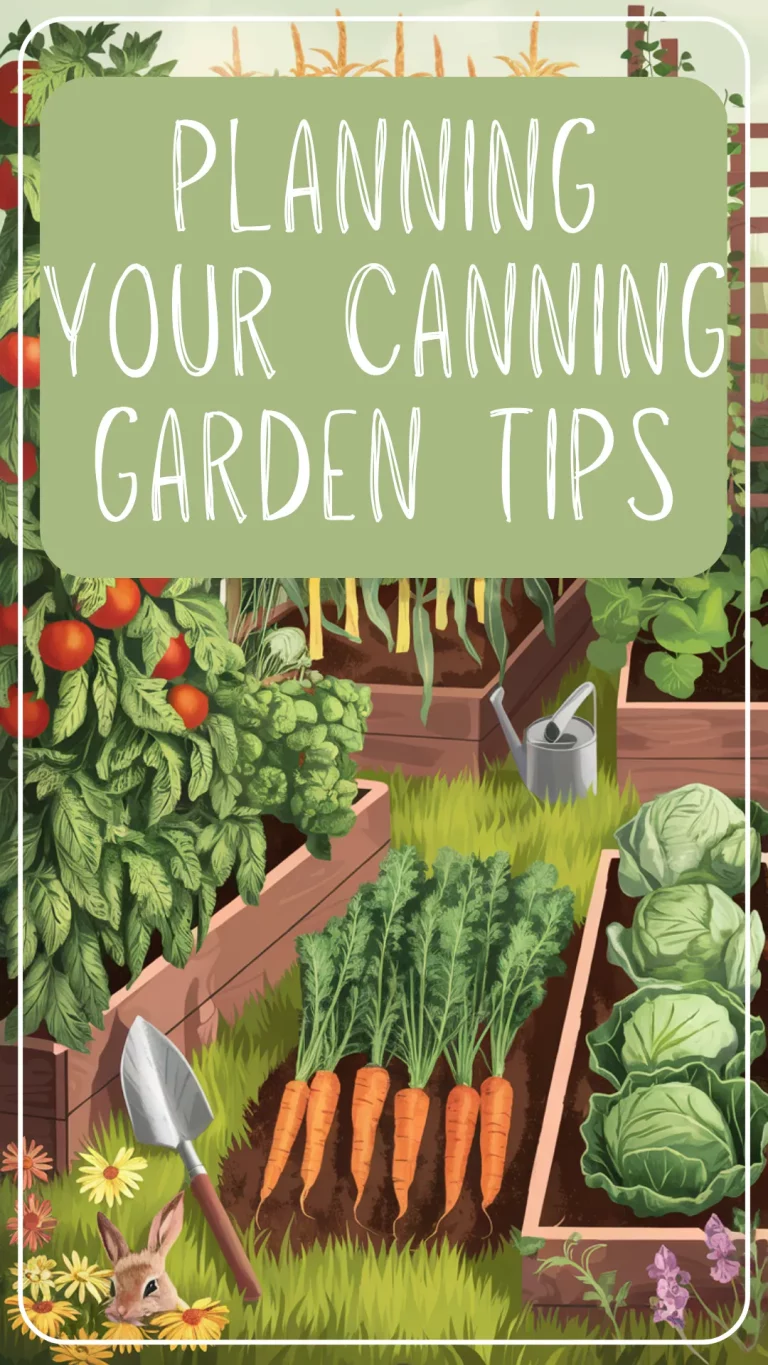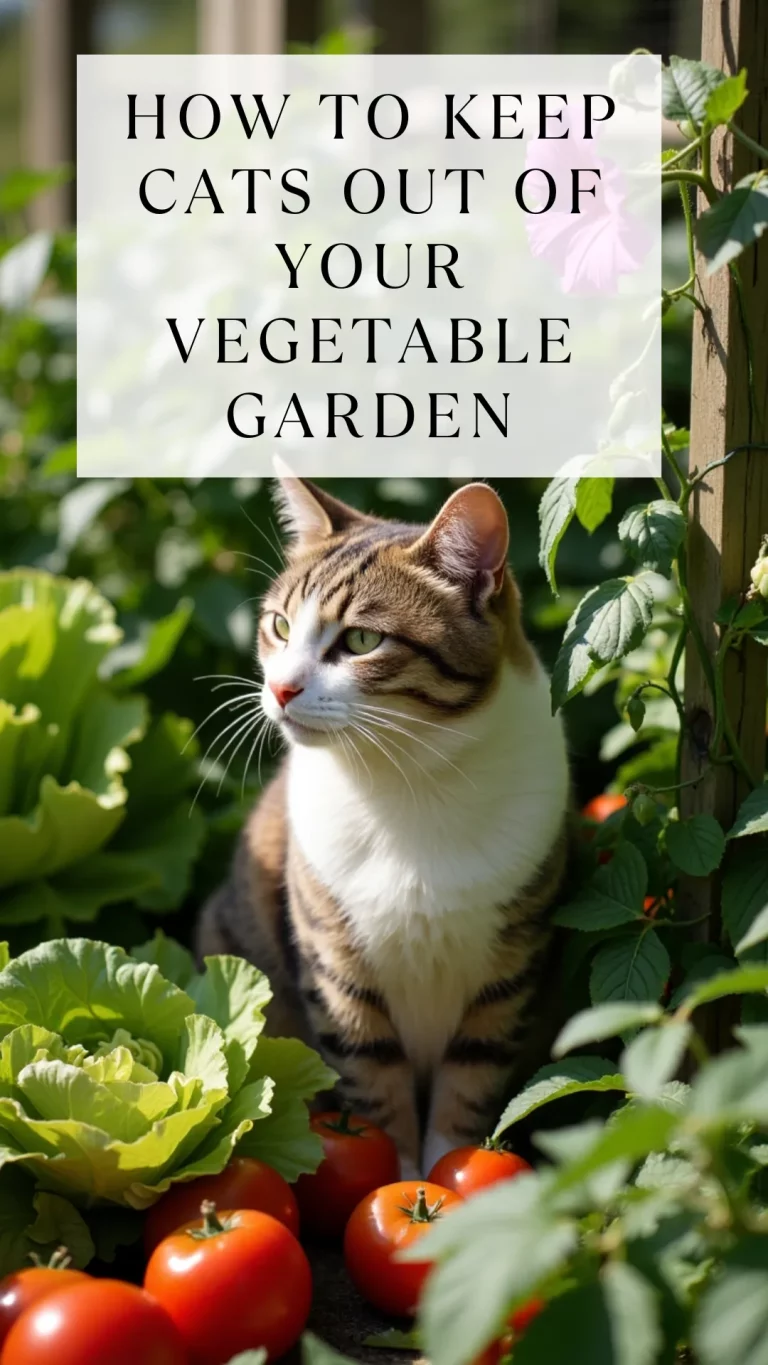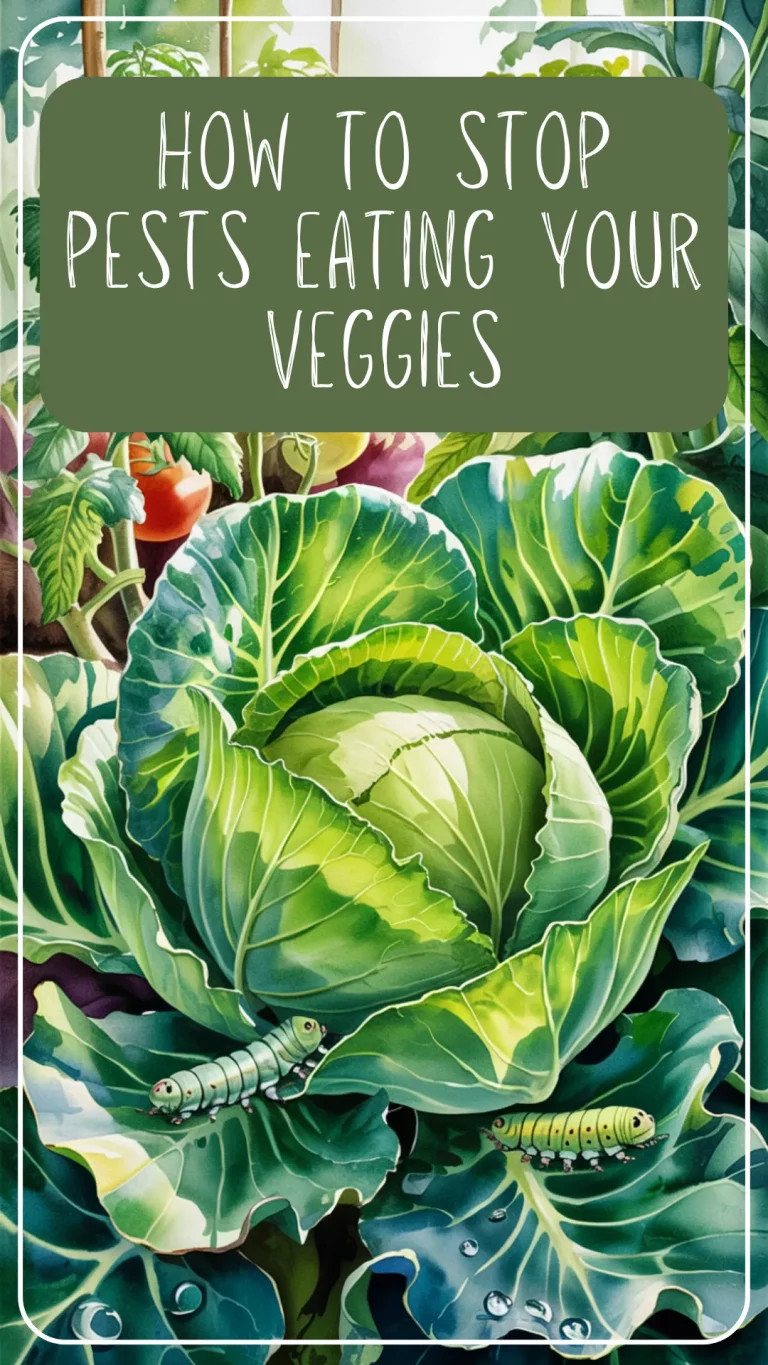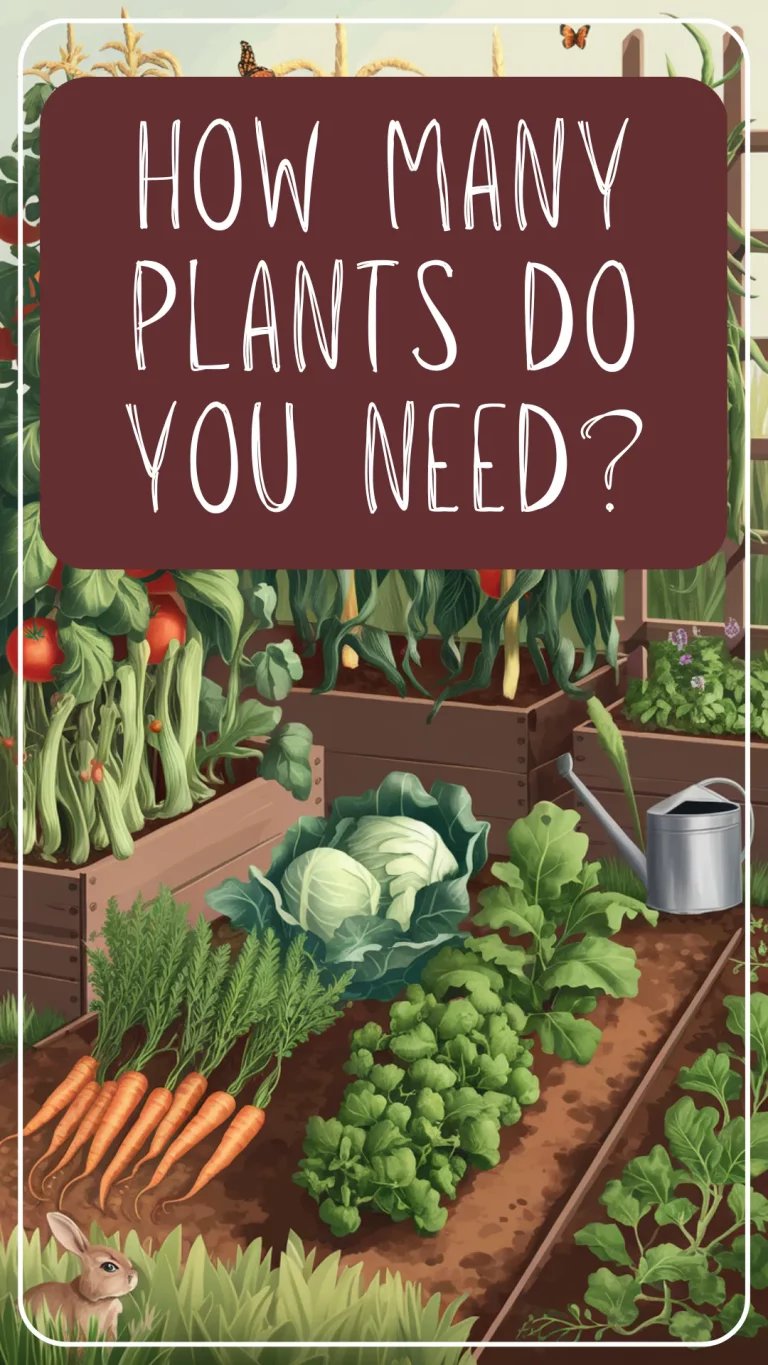Seed Starting or Nursery Plants? What Beginner Gardeners Should Know Before Planting
Not sure if you should grow from seed or grab starter plants? This beginner-friendly guide breaks down when each method makes the most sense—plus tips for short seasons and first-time gardeners.
Inside this post:
Seeds or Starter Plants? Which is Best for Your Veggie Garden?
You’re standing in the garden center, eyeing those leggy tomato plants and wondering if you should’ve started your own from seed weeks ago. Or maybe you’re scrolling through seed catalogs thinking, Is it too late? Did I miss my chance? Should I even bother?
If you’ve been caught in the seed vs. starter plant dilemma, you’re not alone. It’s one of the first questions every new gardener runs into—and it can feel like there’s a “right” answer you somehow didn’t get the memo on.
Here’s the truth: both options have their place, and neither one is wrong. It all depends on your growing season, your energy, your space—and how much chaos you’ve got going on at home right now. In this post, we’ll break down the pros and cons of starting from seed vs. buying nursery plants, and help you figure out what works for you this season.
No guilt, no perfectionism—just practical advice so you can get planting with confidence.
First Up: What’s the Actual Difference?
Let’s clear up the basics—because if you’ve ever felt like you’re supposed to know this already, you’re not alone.
Seed Starting means you’re growing your plants from scratch. You plant the seeds yourself, either indoors under lights (weeks before your last frost date) or directly into the garden once the weather warms up. This gives you the most control and usually the widest variety—but it also takes more time and planning.
Nursery Plants (also called transplants or starters) are the already-growing seedlings you buy at the garden center. They’ve done all the early work for you—your job is just to bring them home, plop them in the dirt, and keep them alive.
Both methods will get you a garden. One just starts a little further down the road.
The Case for Starting from Seed
There’s something kind of magical about watching a tiny seed turn into a full-blown tomato plant. Starting from seed can be super rewarding—and once you get the hang of it, it opens up a whole new world of variety and savings.
Why it might be worth the effort:
- More variety: You’ll find way more canning-friendly options in seed form than at the local nursery. Want paste tomatoes, pickling cukes, or purple string beans? Seeds give you choices.
- It’s cheaper (especially long-term): One packet of seeds costs about the same as one starter plant—but gives you dozens of plants.
- Perfect for planning: You get to control when and how things grow, and can plan your whole garden layout right from the start.
But here’s what to know before you dive in:
- It takes time and space: You’ll need to start early (sometimes months before your last frost), and those little trays take up room.
- You’ll probably need supplies: Like a grow light, seed-starting mix, trays, and labels. Nothing wild—but not nothing, either.
- It can be a little fussy at first: Seedlings need warmth, moisture, and attention. Skip a day and things can go sideways fast.
Best for you if:
You’ve got a longer growing season, a bit of wiggle room inside, or just want to experiment. It’s a great option once you’ve built a little confidence—or if you’re a planner who loves a good gardening project in late winter.
The Case for Buying Nursery Plants
Sometimes, you just want to get your plants in the ground without juggling grow lights, seed trays, and the emotional rollercoaster of wondering if your seedlings are supposed to look that floppy. That’s where nursery plants come in.
Why they make life easier:
- You get a head start: No waiting for seeds to sprout or babying tiny plants for weeks—they’re already on their way.
- Perfect for short growing seasons: If your summer feels like it lasts about 12 minutes, starters give you a jump so you actually get a harvest.
- Less stress for beginners: You can skip straight to planting and focus on keeping things alive, not just getting them to grow in the first place.
A few things to keep in mind:
- They cost more: One plant might run $4–$6, and it adds up fast if you’re filling a whole garden.
- Limited selection: You’re stuck with whatever the garden center stocks, which might not be ideal for preserving (like those big, watery slicing tomatoes).
- Not always in perfect shape: Some have been sitting in crowded trays, stretching for light, or drying out—so give them a good once-over before buying.
Best for you if:
You’re short on time, new to gardening, or just missed the seed-starting window this year. There’s absolutely no shame in buying your way past the tricky part—your homegrown salsa won’t care if it started in a greenhouse.
So, What Should You Do?
Here’s the real talk: both seed starting and nursery plants have their place. You don’t have to pick a side like it’s a garden version of team Edward vs. team Jacob. It’s more like choosing what works best right now, in this season of life.
Ask yourself a few questions:
What’s the weather like where you live?
If you’re in a northern zone with a short growing season, nursery plants are your best friend—especially for tomatoes, peppers, or anything that needs a long time to mature.
Got a nice, long summer? You’ve got more wiggle room to start from seed, even outdoors.
How much time and energy do you have this year?
If life is full-on (and let’s be honest, it usually is), don’t pressure yourself to start everything from scratch. Grab a few starters and call it a win. You’re still growing food. You’re still doing the thing.
What’s your budget?
Seeds are more affordable in the long run, but there’s an upfront cost if you need supplies like lights and trays. Nursery plants cost more per plant but are a smaller commitment. You can always just buy what you need and skip the rest.
Are you feeling confident or kinda nervous?
First year in the garden? Go with some transplants and maybe try one or two easy crops from seed—like green beans or zucchini. If you’re feeling adventurous, try starting your tomatoes indoors next season. You’ll learn as you go.
Bonus Tip: Mix and Match Like a Pro
Here’s a little secret seasoned gardeners know—you don’t have to pick just one method. In fact, most people do a bit of both.
Planting green beans? Start them straight in the ground from seed—they don’t like being transplanted anyway. Same goes for peas, carrots, zucchini, and cucumbers. These are the easy wins, even for beginners.
But tomatoes, peppers, and eggplant? They need a head start. Unless you’ve got a long, warm growing season (and a seed-starting setup at home), it’s totally fine—and honestly smart—to buy those as transplants.
So if you’re eyeing a packet of seeds and a six-pack of starter tomatoes in the same cart, don’t second-guess yourself. You’re doing it exactly right.
Whether you’re starting seeds on a windowsill or tucking nursery plants into the soil on a Saturday afternoon, you’re still growing food—and that’s something to be proud of. There’s no gold star for doing it the “hard” way, and no shame in choosing the easy button when life’s already full.
The truth is, every gardener figures it out one season at a time. Some years you might start everything from seed. Other years, you’ll be grateful those scraggly little tomato plants were waiting for you at the garden center.
Both paths lead to homegrown goodness—and one delicious jar of salsa tastes just as sweet no matter how it started.
What to Read Next
Now that you’ve figured out whether to start from seed or pick up a few starter plants, here are a few helpful next steps to keep your canning garden on track:
Growing Tomatoes – A Beginner’s Guide to Getting from Seed to Harvest
Whether you’re planting from seed or grabbing a six-pack at the nursery, this guide walks you through what your tomato plants actually need to thrive—from planting to pruning to picking at just the right time.
Is Your Garden Spot Up for the Job? How to Check Sunlight, Drainage, and Soil Before You Plant
If you haven’t quite picked your garden spot yet, this post helps you assess things like sun exposure, soil quality, and drainage—so you’re not setting your plants up in a spot that works against you.
10 Best Vegetables to Grow in Your Canning Garden
Still deciding what to plant? This beginner-friendly list makes it easy to choose veggies that grow well, produce a lot, and are worth the effort when it comes to filling those pantry shelves.

